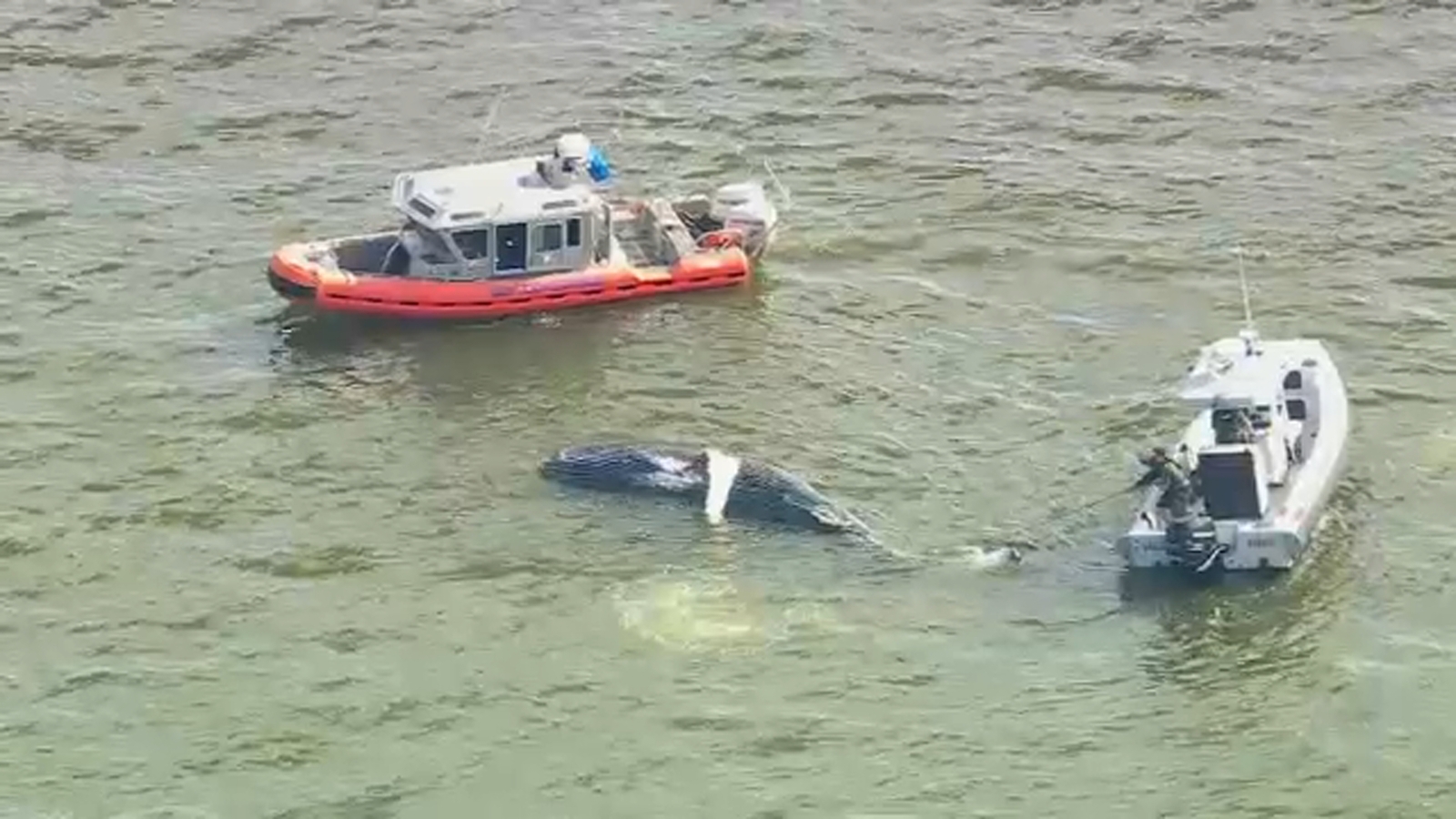
Another dead whale washes up on the Jersey Shore
A dead humpback whale washed up on the Jersey Shore on Saturdaywww.nj.com
This is insane....
Follow along with the video below to see how to install our site as a web app on your home screen.
Note: This feature may not be available in some browsers.

Another dead whale washes up on the Jersey Shore
A dead humpback whale washed up on the Jersey Shore on Saturdaywww.nj.com

There aren’t many large boats inshore.Those in denial say its shipstrikes. Unwilling to admit never this many shipstrikes before and any correlation

The more we look . . . the worse it gets.Riverkeeper's scientists are concerned about the effects of electro-magnetic fields on the fish in the river, as well as worried about sediment dispersion and habitat destruction during the construction phase.

Transmission Lines' Effect On The Hudson Worries Riverkeeper
Public hearings are Wednesday in the Hudson Valley on Clean Path, 1 of 2 renewable energy transmission lines to be laid on the riverbed.patch.com
They can just strap a dirty diesel generator and dirty diesel tank to the windmill to keep it ice free. Expend more energy than what is produced.Fortunately with climate change the blades won't ice up in the Northeast. (I still have that bridge for sale...)
You can't make this shit up:

Again with the “direct link” excuse. When does simple common sense kick in? Do we really need more proof?
As Dead Dolphins Wash Ashore, Ukraine Builds a Case of Ecocide Against Russia (Published 2023)
The animals are dying in droves in the Black Sea, and Ukrainian officials are documenting the deaths, hoping to prosecute Russia for the war’s ecological toll.www.nytimes.com
Russian warships menacing the southern coast of Ukraine in the Black Sea make constant use of acoustic sonar signals that scientists say can interfere with dolphins’ sense of direction, since they use their own natural sonar for echolocation.
Explosions, rocket launches and low-flying Russian fighter jets only add to the cacophony traumatizing the dolphins, Dr. Goldin said. But he cautioned that it was far too early to directly link the dolphin die-off to a single cause.
Again with the “direct link” excuse. When does simple common sense kick in? Do we really need more proof?
This is a must see
That's true, but at least he's not denying the effects of wind on the sea.The hosts took a conversation on wind farm inpacts on whales and other marine life and made it into a debate on nuclear being environmentally worse than wind. Spin the narrative.......
